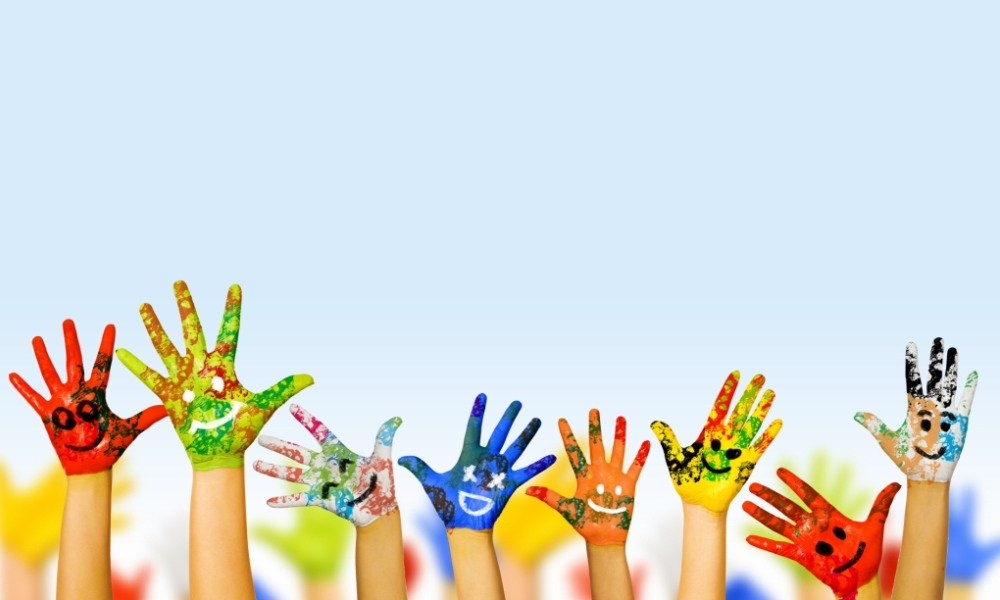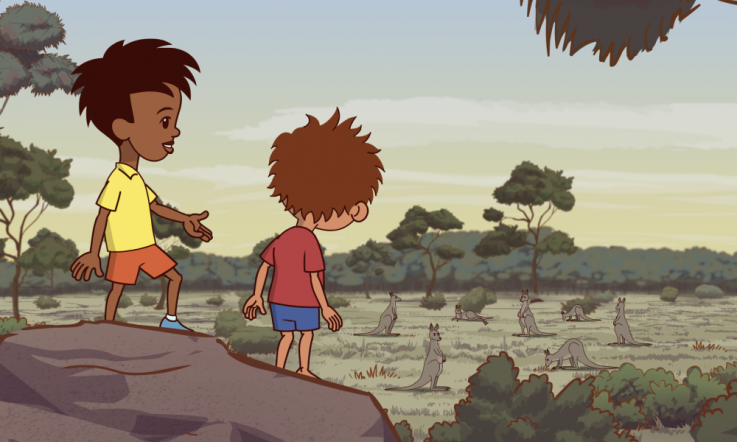What strategies can teachers use to create positive learning spaces for Indigenous students?
In Making school meaningful for Indigenous learners Ailsa MacFie uses a body of research, plus her own experiences as a teacher in a high Aboriginal population boarding school in the Northern Territory, to provide practical tools for teachers wanting to improve educational outcomes for Indigenous students.
In the journal paper, published by the University of Melbourne (2015), MacFie identifies three strategies. And, while the assistant principal focuses on Indigenous secondary school students from remote communities, her findings can also be applied to urban settings.
The establishment of a strong teacher-student/teacher-family relationship is paramount
MacFie contends that ‘given the strong emphasis which Indigenous cultures place on kinship and relationships, [this] should be an immediate priority for any teacher of Indigenous students'. She highlights the importance of building relationships with students and their families as a tool to establish trust and respect.
‘It also helps the teacher to understand the context from which the student comes, and tailor their teaching accordingly,' MacFie adds.
The provision of emotional support to Indigenous students is critical
The author identifies alienation and low self-esteem as issues for Indigenous students trying to learn in Western, mainstream educational settings.
‘[Students] may feel alienated and suffer from lowered self-esteem in a school environment where many of the language, knowledge and behavioural expectations are foreign and their particular skills and knowledge are undervalued or not counted towards,' she asserts.
Not all Indigenous students will be able to speak an Indigenous language or be the holders of cultural knowledge given the impact of colonisation. However, it is exactly this history of colonisation which has created disadvantage for Indigenous peoples across a range of determinants of health (Rowse, 2012). Consequently, it is likely that Indigenous students within both urban and rural settings will require some degree of emotional support.
Furthermore, MacFie argues that ‘cultural vulnerability [for Indigenous students] may be exacerbated by their parents' and grandparents' own negative experiences of schooling'. The educator suggests praise and positive reinforcement in the classroom are fundamental tools teachers can use to combat low confidence and low self-esteem experienced by their Indigenous students.
Flexibility across attendance and assessment tasks is vital
MacFie identifies increased mortality rates across Indigenous populations and cultural obligations, such as ‘sorry business' and ‘men's business', as reasons for Indigenous student absenteeism.
She explains that ‘creating more flexible modes of syllabus delivery ... [making] adjustments to the assessment mode' such as oral assessment tasks and credit for topics studied ‘would help to engage Indigenous students by preventing them [from] failing unfairly or repeating subjects unnecessarily'.
Ultimately, the author argues that although teachers cannot always challenge the dominant education system, they can utilise suggested tools to improve their practice. In doing so, this may create positive educational experiences for individual Indigenous students.
Ailsa MacFie is the author of Making school meaningful for Indigenous learners and, at the time of writing her journal paper, was Assistant Principal at Kormilda College in Darwin, Northern Territory.
References
MacFie, A. B. (2015). ‘Making school meaningful for Indigenous learners'. UNESCO Observatory Multi-Disciplinary Journal in the Arts E-Journal. The University of Melbourne.
Rowse, T. (2012). Rethinking social justice: From 'people' to 'populations'. Aboriginal Studies Press.
What steps are you taking to build relationships with students and their families?
Is there a successful strategy you've used to create positive learning spaces for Indigenous students? Share your experiences with the Teacher community by tweeting @teacheracer using the hashtag #TeacherMag.



